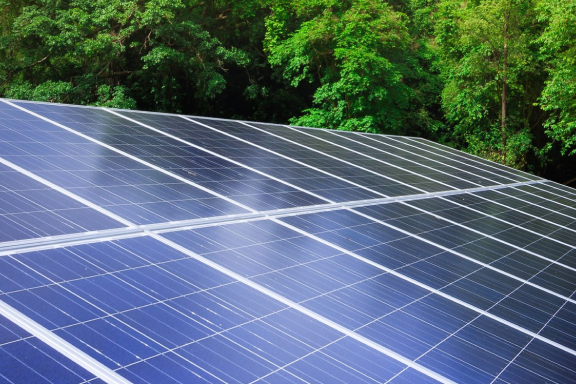We remotely monitor and manage the hot water diversion systems via Wi-Fi connection. Every 5 minutes we collect data on imported electricity, exported electricity, solar electricity generated, solar electricity diverted to the hot water cylinder, imported electricity used by the hot water cylinder and hot water cylinder temperature. Findings to date indicate that on average up to 38% of the solar electricity generated may be used to heat the water cylinder instead of importing it from the grid.
Remotely monitoring and managing the hot water diversion system allows us to test the system’s ability to maximise the use of the solar energy generated by storing it for later use rather than exporting it to the grid and support the electricity system at times of high demand. At times of high demand on the electricity network, such as first thing in the morning or in the evening, we may pre-heat or delay heating the cylinder using grid electricity. Ordinarily, this should coincide with the normal operation of the unit since it will primarily heat the cylinder using solar during the day.
If you’re interested in using new diversion technology for your home or business, call your distributed generation installer to discuss your options.
Footnote:
This two year trial began in November 2016 and uses 85 solar and electric hot water cylinder customers in the Auckland, Manawatu, Wellington and Christchurch areas as participants. To participate in the trial customers needed to:
- Have an electric photovoltaic solar system of at least 2kW (8 panels or more) wired into the same switchboard as the hot water cylinder.
- Have an electric hot water cylinder (heat pump and solar panel hot water heating systems were excluded).
- Be on Contact’s Anytime tariff (Day-Night and Economy tariffs were excluded).
- Allow Contact to remotely monitor and control the hot water diversion system during the two year trial period.








